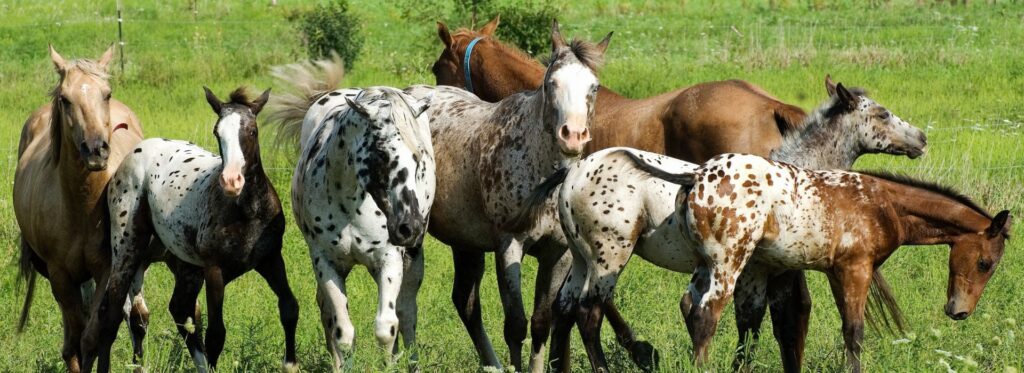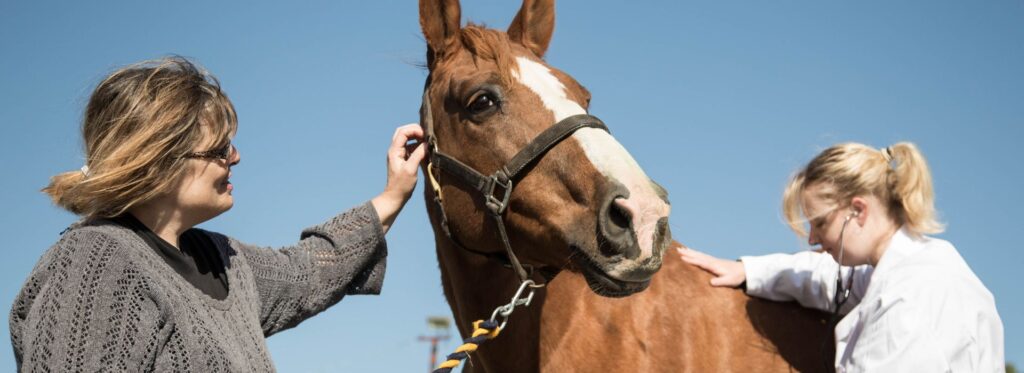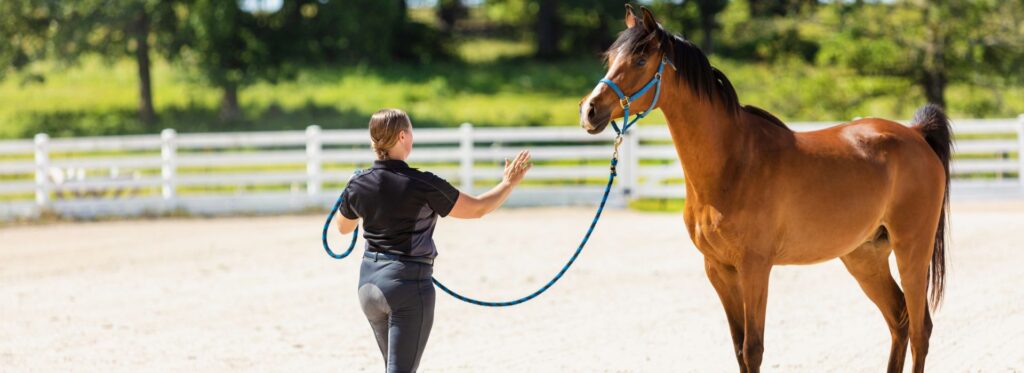So you’re buying a horse. Or maybe selling one.
Either way, you probably asked yourself this question:
How much do horses go for these days?
And here’s the truth—it depends a lot on the breed.
Some horses sell for $2,000. Others? Try $20,000 or more.
It’s not just about looks. It’s about the kind of horse, what it’s used for, and what people are willing to pay.
Let’s take a good look at average horse prices by breed in 2025.
Whether you’re pricing a horse or shopping for one, this guide will give you a fair idea of what’s out there.
Why Breed Matters in Horse Pricing
Not every breed is built the same.
Some were made for working cows. Some for dancing around show rings. Some just for nice, easy rides down a dirt road.
And folks are willing to pay different prices depending on what they need.
So, when someone asks, “Is $4,000 a good deal?”
The answer is… what kind of horse are we talking about?
Let’s dive in.
1. Quarter Horse
Average Price Range in 2025: $3,500 – $10,000
These are the do-it-all horses. You’ll find them on ranches, in rodeos, in show pens, and even on trail rides.
Prices go up fast if they’ve got papers, training, or a calm, people-pleasing attitude.
You’ll find green broke ones cheaper—but they’ll need some work.
Thinking of selling one?
Make sure to mention what they’ve been used for—roping, barrels, trail, or just being a good buddy.
2. Thoroughbred
Average Price Range in 2025: $1,500 – $8,000
A lot of Thoroughbreds are off-the-track horses (OTTBs). After racing, they’re often retrained for new homes—like jumping, eventing, or trail riding.
You can get a real deal on these horses, especially if you’re willing to put in a little work.
But watch out: Some come with old racing injuries or need time to relax into a slower life.
How do you feel about that?
If you’re buying, get a vet check. If you’re selling, be honest about their track history and current soundness.
3. Arabian
Average Price Range in 2025: $2,000 – $10,000
These horses are smart, strong, and have lots of endurance.
Some folks love ’em for trail riding, endurance races, and even family riding.
Prices go up if they’re registered or trained for specific disciplines like endurance or dressage.
And yes—they’re spirited. So beginner-friendly Arabians? Those sell for more.
4. Paint Horse
Average Price Range in 2025: $3,000 – $9,000
Paints are a lot like Quarter Horses—often calm, smart, and willing.
Plus, folks just love those flashy markings.
Prices climb if they’ve got training or show records.
But for basic riding or trail horses, you’ll still find good ones under $5,000.
If you’re selling one, highlight their personality. People buy Paints just as much for their looks as for their laid-back attitude.
5. Warmbloods (Dutch, Hanoverian, etc.)
Average Price Range in 2025: $10,000 – $30,000+
These are your high-dollar show horses.
Dressage, jumping, eventing—you name it, Warmbloods are out there doing it.
Young, untrained Warmbloods might start around $8,000.
But if they’ve been shown or trained with a pro? Prices can skyrocket fast.
Let’s be real… this ain’t the backyard trail market.
If you’re buying, budget big. If you’re selling, have videos, papers, and show records ready.
6. Mustang
Average Price Range in 2025: $1,000 – $3,000
Mustangs are the wild cards—literally. Many are adopted through government programs for $125–$250.
But if someone’s put time into gentling, riding, and training one? That’s when the price climbs.
There’s a strong community that values these horses, but they tend to sell for less than other breeds unless they’re proven.
Selling one? Show off their transformation.
Buying one? Know what kind of handling they’ve had.
7. Gaited Breeds (Tennessee Walkers, Missouri Fox Trotters, etc.)
Average Price Range in 2025: $2,500 – $8,000
These smooth movers are great for trail riders, older riders, or folks with back pain.
The more broke and steady they are, the more they’re worth.
Prices rise with age-appropriate behavior, a comfy gait, and solid manners.
You’ll see family-safe gaited horses go fast, even on local Facebook groups.
What Else Affects the Price?
Breed is just the start. Here are a few other things that change the price real quick:
-
Age – Horses in the 7–14 range tend to cost more
-
Training – Broke horses sell faster and for more
-
Health – Any issues? Price drops
-
Temperament – Kid-safe = more valuable
-
Location – Prices vary a lot from one state to the next
Want help figuring out a good price for your specific horse?
Try the Horse Price Calculator. It takes breed, age, training, location, and health into account. It won’t give you a one-size-fits-all answer, but it’ll get you a fair starting point.
How handy is that?
Real Quick—Where Are These Prices Coming From?
We looked at current listings on MyHorseForSale.com, plus other major horse-for-sale sites and 2025 pricing trends across the U.S.
We also talk to real sellers, buyers, and trainers who see the market every day.
Prices move a bit over time, but this gives you a strong idea of what horses are actually going for.
Final Thought: Use Breed as a Guide, Not a Rule
Just because your horse is a Quarter Horse doesn’t mean it’s worth $8,000.
And just because it’s a Mustang doesn’t mean it’s worth less.
Use breed as a starting point—but look at the whole horse.
Ask yourself:
-
Can they do the job the buyer wants?
-
Are they sound and safe?
-
Are they trained?
-
What are similar horses selling for?
Check real listings on MyHorseForSale.com, and plug your horse info into the Horse Price Calculator to get a pricing range that actually fits.
You’ll be ahead of the pack, and more likely to price it right the first time.



